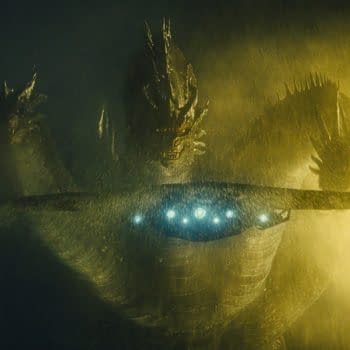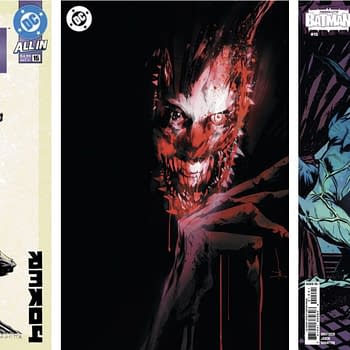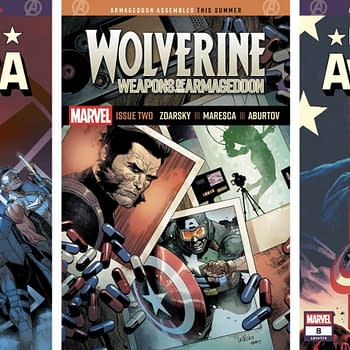Posted in: Comics, Emerald City Comic Con | Tagged: Comics, convention, ebcc, panel
The Nature Of Time Itself Is Examined In 'The Metaphysics Of Comics' At ECCC
Judd Morse is reporting from ECCC for Bleeding Cool,
Moderator Marissa Louise hosted The Comics Body: Metaphysics of Comics at the Emerald City Comicon. It featured a panel of writers and artists discussing the mechanics and presentation of comics, including different methods of presenting time, the creation and ascension of motion comics, page layout, and what the future of the medium could look like.
Louise is herself an accomplished colorist, who's done work for Dark Horse, Image, BOOM!, and more. She was joined by artist and creator Sloane Leong, Inspector Pancakes creator Karla Pacheco, artist Jeffrey Veregge, and artist Matthew Southworth.
One of Louise's first questions was how time is presented in a story. Leong said that one of her methods of illustrating how time passes and the rate of the passage, is to adjust the density of each panel. The more dense and intricate the panel, the longer it takes to get through it, creating an extended moment. Leong said that color likewise plays a role in the speed of a moment; the lighter the colors used, the more the reader associates it with rapidity.
Pacheco also addressed time, but more as the fluidity of story depending on when in life it's read. She used her own work, Inspector Pancakes, as an example. At first glance, said Pacheco, it's a story about a dog who helps the president of France solve crimes, and has the feel of a Golden Book. But, said Pacheco, in the fine print of this kid-friendly book is this ongoing noir story about prostitutes being murdered. Pacheco explained that she's playing a kind of long game in the story with her readers, where maybe it'll be their favorite stories as kids, but then when they go back and re-examine it as adults, it'll be a completely different discovery.
Southworth went into detail about individual scenes. From his perspective, most of what happens in comics happen outside of the frame. He said that one of his favorite aspects of the medium of comics is the ability to create a single scene that can be studied at great length and referred back to if needed, which is something that can't really be done in any other medium.
Veregge expanded on the concept, saying that when he creates big splash pages or double-page spreads, he'll often have a linear progression moving from one direction to the next within the single scene. Veregge said that some of his previous work has included spreads that mirror the action takes within the story. For example, a character driving a car may start on a vertical page, but when a turn is made, it's reflected in the layout, shifting to a horizontal page.
There seemed to be mixed feelings amongst the panelists as to how motion comics affect storytelling, and whether or not comics can lend themselves well to digital comic reader applications, such as Amazon's Guided View. During the Q&A segment of the panel, a member of the audience introduced herself as an employee of Amazon and asked, in an unofficial capacity, what application developers and designers might do to help facilitate creators when it came to comics develop onto the digital medium. The panel agreed that the more direct input creators could give in planning and layout, the better. Southworth said that for digital design to be successful, it should be an integral part of the creative process, not an afterthought. Creator input is essential, Louise added, as the conversion process is generally not well known.





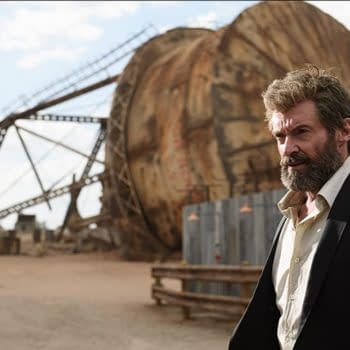
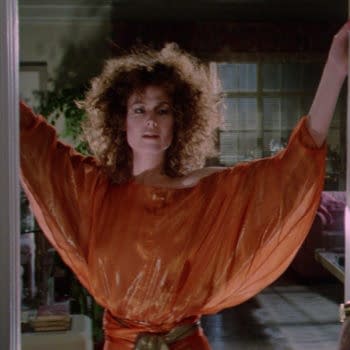
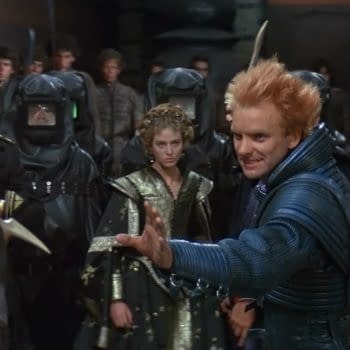
!['Rocketman' Soars With Warts and All Elton John Story [Review]](https://mlpnk72yciwc.i.optimole.com/cqhiHLc.IIZS~2ef73/w:350/h:350/q:75/rt:fill/g:ce/https://bleedingcool.com/wp-content/uploads/2019/01/rocketman.3-350x350.jpg)
